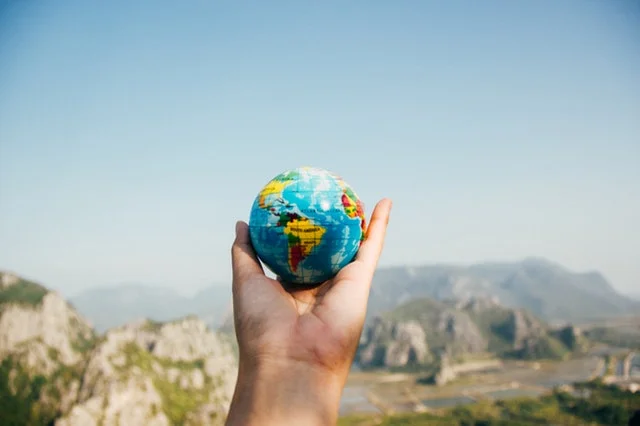For the past three years, I’ve taught a required graduate course on the Ethics of Sustainability in the Design for Social Innovation Program at the School of Visual Arts in NYC. During this time, I’ve witnessed the unintended results of educating about unsustainability. Although my students come from all over the world, they have at least a few things in common at the beginning of the year. These young people report feeling depressed, hopeless and guilty. Many of these students, believing they hold degrees in sustainability, have become experts in its opposite--unsustainability. They are nervous at first at the thought of discussing the ethics of sustainability. They tell me that their professors were very effective at pointing out that it’s too late, that we’ve already exceeded too many critical thresholds and that there is no way back. Game over?
My response to them is always the same, “I think what your professors have actually been saying is that they cannot imagine and they don’t know how we are going to pull off the mid-course correction that is required if we want human and other life to flourish on Earth indefinitely. I think this has more to do with their imaginations, mental maps and knowledge base than it does our fate.” Game on.
Read More









